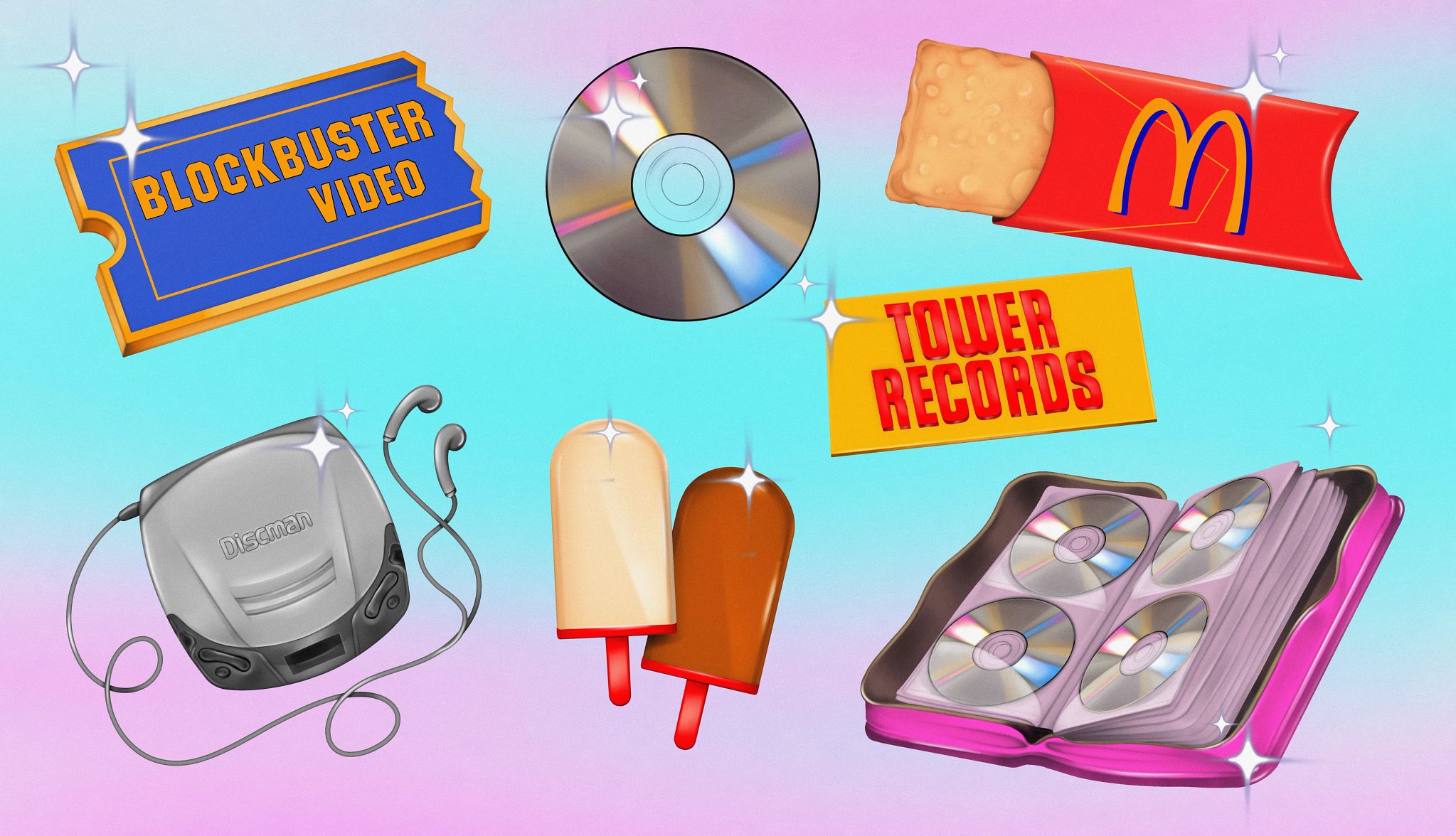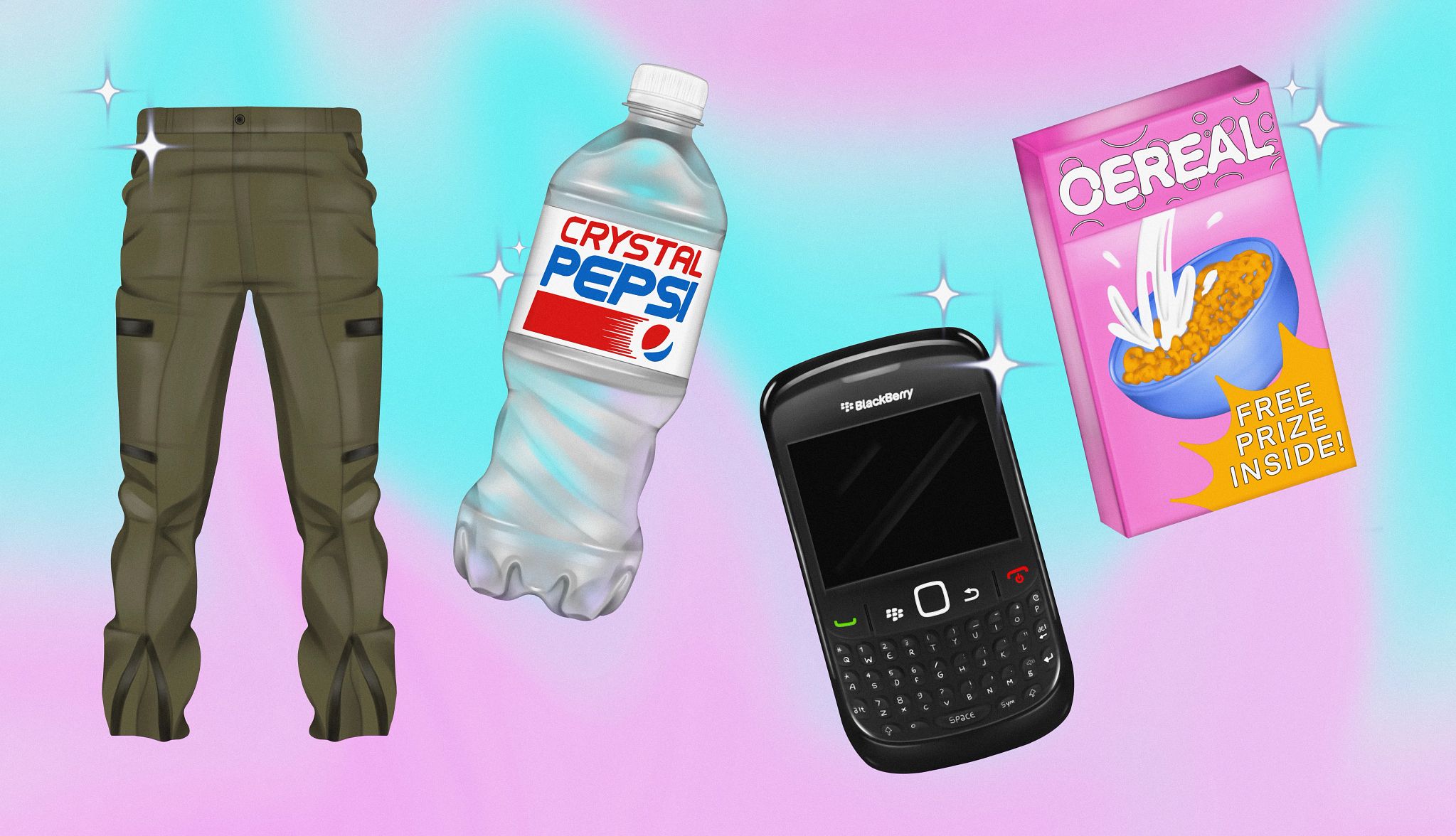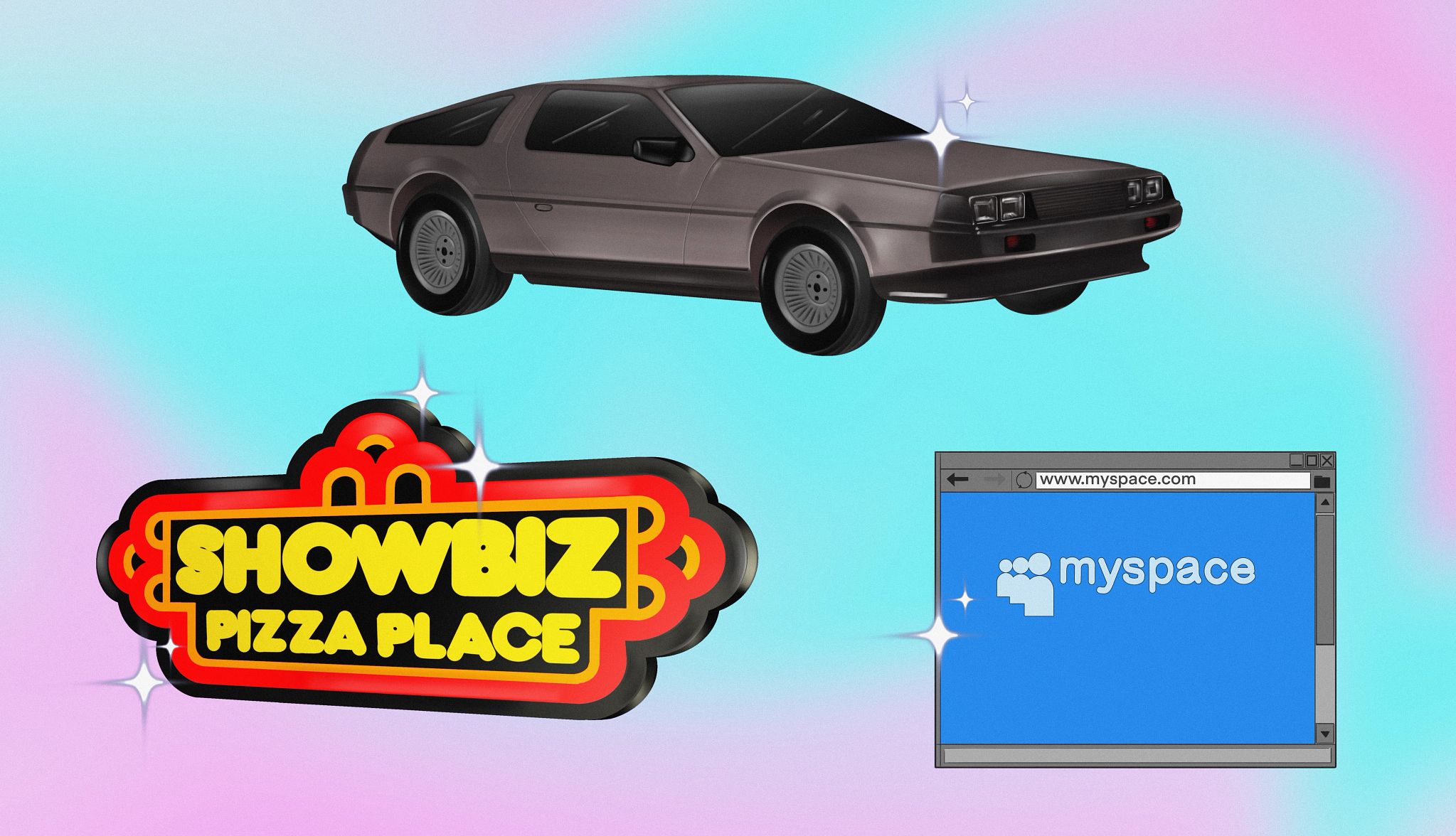AARP Hearing Center


Remember when MTV actually played music videos? In what feels like a miracle wrapped in a denim jacket, the network is temporarily returning to its roots: Starting in September, it’ll air a full week of nothing but music videos across three channels, leading up to the 2025 Video Music Awards. Yes, it’s just a week — but for those of us who spent summer nights glued to the alternative music show 120 Minutes, it’s a nostalgic dream come true.
That same throwback magic is hitting the drive-thru, too. Starting August 12, McDonald’s is bringing back McDonaldland, the whimsical universe first introduced in 1971, with a new limited-edition McDonaldland Meal. For the first time in over two decades, Ronald McDonald, Grimace, Birdie, the Fry Guys, and Mayor McCheese are stepping back into the spotlight. The meal includes your choice of a Quarter Pounder with Cheese or McNuggets, fries, and a limited-edition shake — inspired by the vibrant blue “lava” and pink clouds of Mt. McDonaldland. Plus, a collectible tin with postcards and stickers. It’s a Happy Meal for grown-ups, with a shot of pure nostalgia. (For more McDonald’s yearning, see our entry on the fried apple pie.)
So why does this stuff hit so hard? A 2025 study from Talker Research found that 2 in 3 people would pay extra to bring back a beloved product from their childhood. Here are 13 we’d love to see make a comeback.
BlackBerry
Introduced: 2002
Discontinued: 2016
Before screen addiction, doomscrolling and autocorrect fails, there was the mighty BlackBerry. With its tiny physical keyboard, signature trackball and that satisfying click-click-click of productivity, BlackBerry didn’t just connect you, it empowered you.
Introduced in 2002, the BlackBerry 5810 was a game-changer. It delivered push email, internet access and enough status-symbol power to land in the hands of Madonna, 66, Lady Gaga and Kim Kardashian, who reportedly owned three. It was the ultimate business flex: Tapping away on a BlackBerry meant you were important, in demand, and probably responding to emails from the bathroom.
In 2007, the iPhone was introduced. Steve Jobs didn’t just want to compete with the BlackBerry, he wanted to obliterate it. And it worked. Sales plummeted, and by 2018 the BlackBerry brand announced it was exiting the phone business altogether, shifting to software and cybersecurity.
But some still pine for the pre-app era. “I think people miss a simpler time,” says tech journalist Sean Silcoff, author of Losing the Signal: The Untold Story Behind the Extraordinary Rise and Spectacular Fall of BlackBerry. “Handheld devices were useful productivity tools for messaging, rather than the places where we increasingly live our lives in a dissociated manner from one another.” BlackBerry wasn’t better, he notes, but it was efficient. And it didn’t suck us into endless algorithmic spirals disguised as productivity.
Blockbuster
Introduced: 1985
Discontinued: 2014 (except for one glorious outlier)
Blockbuster was more than just a video rental store. It was a destination, the beating heart of your weekend plans. Founded in 1985 with what was then an outrageous 8,000-tape inventory, Blockbuster exploded across America. By the early 2000s, there were over 9,000 stores worldwide and more than 83,000 employees, many of whom silently judged you for renting Showgirls.
“For a 20-year period, that was the predominant way that people entertained themselves on the weekend,” former franchisee Alan Payne told Vice in 2021. “They enjoyed the experience.” What wasn’t to love? The smell of plastic and popcorn. The hope that every copy of Terminator 2 hadn’t been rented yet. The gentle thunk of a tape hitting the drop box.
So what killed it? In a twist worthy of a movie thriller, it was late fees. Legend has it that a $40 late fee inspired software developer Reed Hastings to start Netflix in 1998, operating as a flat-fee DVD-by-mail rental service. Blockbuster laughed, then choked on that laugh. By 2010, it was bankrupt.
Today, only one Blockbuster remains: in Bend, Oregon, sandwiched between a take-and-bake pizza place and a pediatric therapist. It still rents DVDs and makes membership cards. And on Instagram, over 89,000 followers prove we’re all still rooting for the underdog with the blue-and-yellow sign.


Cereal box prizes
Introduced: 1930s
Discontinued: Gradually phased out after 2005
For generations of kids, cereal wasn’t just breakfast — it was bait. Starting in the 1930s, General Mills began putting paper airplanes and trading cards in cereal boxes. By the 1950s, breakfast was a treasure hunt, prompting you to dig for Cap’n Crunch Surfers, “Urkel for President” buttons and glow-in-the-dark monster heads. “The magic wasn’t really about the quality of the toy,” says Gabe Fonseca, host of the web series Cereal Time TV. “It was about the entire experience: the digging, the surprise, and the fact that it came ‘free’ with something you were already eating.”
For kids of the ’80s and ’90s, the hits just kept coming: color-changing dinosaurs in Fruity Pebbles, Starbots from Kellogg’s, and Wacky Wall Walkers, slimy little octopi that you threw at the wall and watched ooze their way down like tiny, sticky invaders, leaving behind an oily stain. “They were gross, they were weird, and they were perfect,” Fonseca says.
But in 2005, major cereal companies joined a self-regulating group called the Children’s Food and Beverage Advertising Initiative, which aimed to curb the marketing of sugary foods to kids. Suddenly, cereal toys started looking a little problematic. The glow-in-the-dark monster heads were swapped for pedometers, and eventually, even those disappeared.
Today, cereal is just cereal. It’s still crunchy and colorful, but it’s missing that little jolt of joy at the bottom of the box.
CD Binders and Discmans
Introduced: 1984
Discontinued: Slowly ghosted by streaming (2000s–2010s)
There was a time when your entire personality could be found in a three-ring zippered binder. Were you more of a No Doubt and Nine Inch Nails person? Or did you alphabetize your Counting Crows albums next to Creed, because duality is real? This was the world of the CD binder: part music collection, part diary, part blunt object if used in self-defense.
And to play those prized discs, you needed a Discman, Sony’s iconic and slightly temperamental portable CD player. Early models were notoriously skittish. If you breathed too hard, your anti-skip protection would fail, sending Fiona Apple into a glitchy spiral.
Today, streaming is king, but it doesn’t feel the same. You don’t remember where you were when you first heard a Spotify algorithm pick. But you do remember shuffling through a binder at the back of your mom’s minivan, praying your burned copy of Now That’s What I Call Music! Vol. 5 still worked.



































































You Might Also Like
Get Jiggy With Our ’90s Music Quiz
See what you remember about the decade’s phattest jams
Test Your Knowledge of Classic Cartoons
Get animated over our nostalgic big-kid quiz
12 Iconic Chains: Where Are They Now?
See if your favorite is still serving up a hot meal